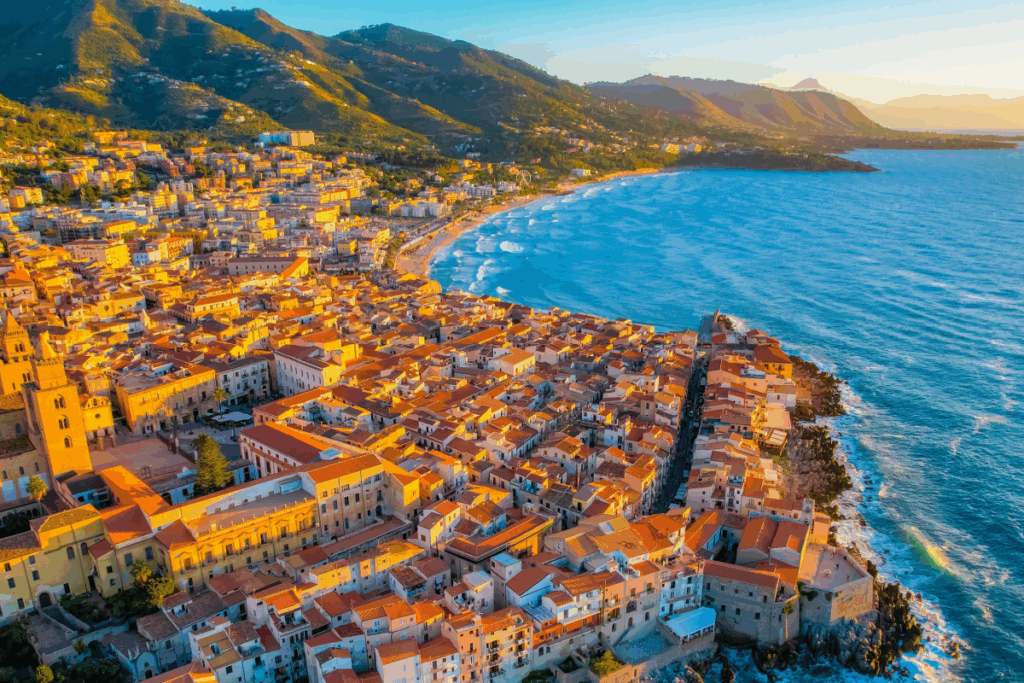Historic Approval for Record-Breaking Infrastructure Project
Italy has officially approved the construction of what will become the world’s longest suspension bridge, connecting mainland Italy to the island of Sicily. Valued at 13.5 billion euros (around $15.5 billion), the Strait of Messina Bridge has cleared one of its final bureaucratic hurdles, with preliminary site work expected to begin in the coming weeks and full construction starting the following year.
Transport Minister Matteo Salvini called the project the “biggest infrastructure project in the West” and emphasized its potential to revitalize the economy of southern Italy. Premier Giorgia Meloni described the bridge as an engineering milestone of international importance, representing Italy’s return to bold, large-scale public works.
The bridge will measure nearly 3.7 kilometers, with the suspended portion reaching over 3.3 kilometers—surpassing Turkey’s Canakkale Bridge by more than 1,200 meters. This will set a new global benchmark in bridge construction.
Massive Impact on Mobility and Economic Development
The structure will accommodate three lanes of vehicular traffic in each direction and include a double-track railway, allowing for a projected flow of 6,000 vehicles per hour and up to 200 trains daily. This will slash ferry crossing times from 100 minutes to just 10 minutes by car, and save more than two hours for rail transport.
Government projections estimate the project will create around 120,000 jobs annually, generating a multiplier effect through investments in surrounding infrastructure. Roads, railways, and logistical networks will also receive upgrades as part of a broader strategy to modernize transport in southern Italy.
Beyond economic benefits, officials are exploring whether the bridge can be classified as a dual-use, defense-related infrastructure. The proposed military classification could allow Italy to count part of the investment toward its NATO defense spending targets, citing strategic mobility advantages for rapid troop and equipment movement across the southern flank.
Environmental and Legal Oversight Under Scrutiny
Despite its scale and economic promise, the project has drawn criticism from environmental groups and academic circles. Opponents argue that the construction poses risks to local ecosystems, particularly migratory bird routes, and question the adequacy of environmental mitigation plans. Complaints have been filed with the European Union, calling for more comprehensive environmental impact assessments.
Concerns have also been raised about the project’s resilience to seismic activity. The Messina Strait lies on a fault line responsible for a devastating earthquake in the early 20th century. However, project contractor Webuild has defended the bridge’s design, stating that suspension structures are among the safest in seismically active regions. The firm cites similar successful projects in Japan, Turkey, and California as examples.
To address these and other concerns, Italy’s president insisted that the bridge must remain fully subject to national anti-mafia laws, following initial proposals that would have placed oversight directly under the Interior Ministry. This ensures that standard anti-corruption measures will apply, avoiding any loopholes that could facilitate organized crime infiltration.
Strategic Contractors and Engineering Innovations
The bridge will be built by a consortium led by Webuild, the Italian infrastructure giant that originally secured the project in 2006. Their winning design incorporates advanced engineering principles, including a fighter-jet-inspired deck structure that enhances wind resistance and reduces seismic vulnerability.
Webuild highlighted that this project will not only reshape Italian mobility but also reinforce the country’s global reputation for engineering excellence. CEO Pietro Salini called it “transformative for the whole country,” and a symbol of national ambition.
The Strait of Messina Bridge, long seen as a dream delayed by decades of political and technical debate, is now positioned to become a defining symbol of modern Italy—if executed successfully.



